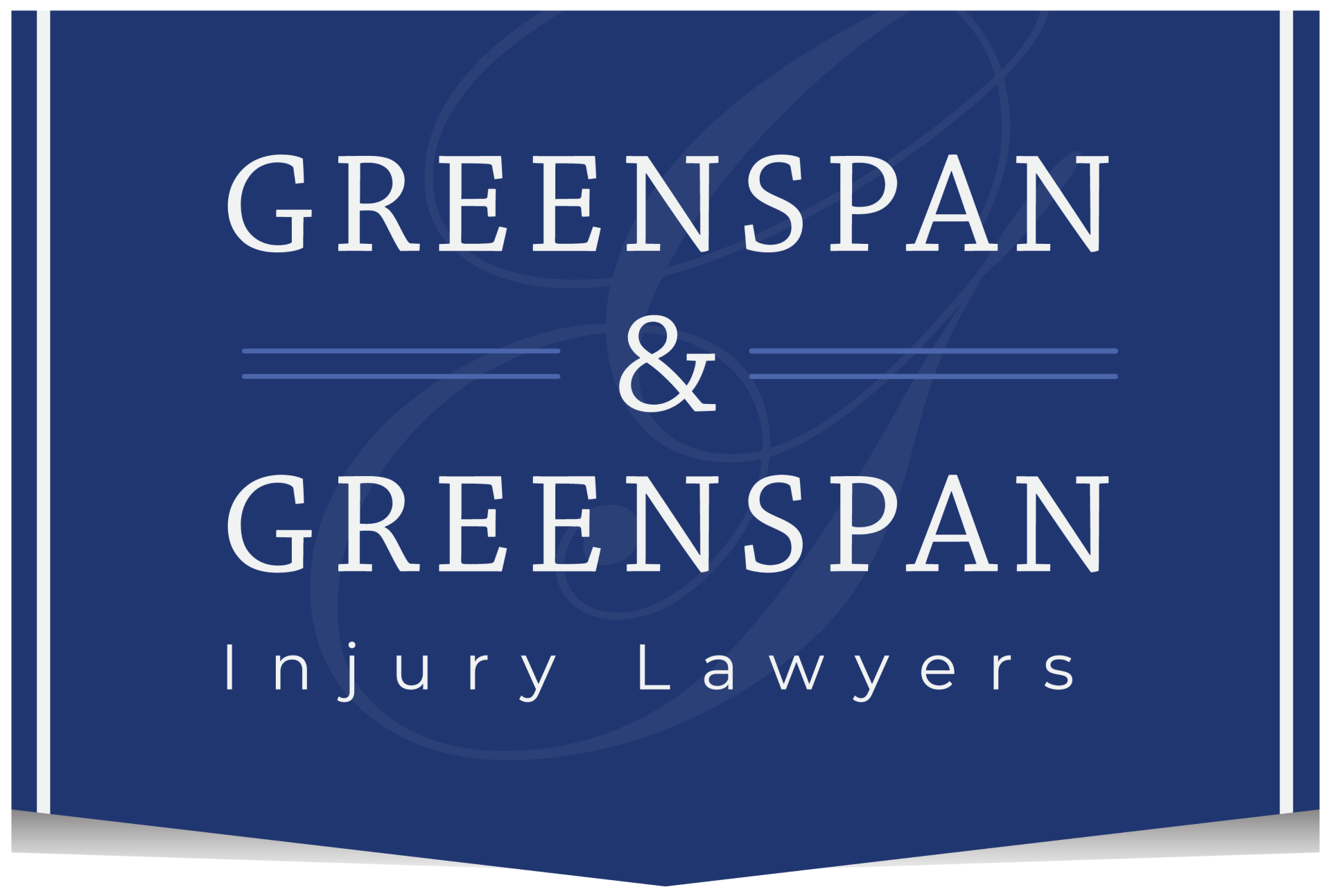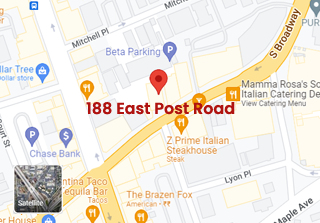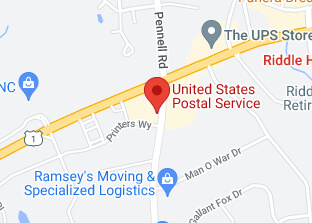What Legal Recourse Do I Have if I Suffered a Brain Injury in an Accident in New York?
A person can sustain injuries all over their body as a result from being in an accident, but among the more serious are brain injuries (you can learn more about the different types of brain injuries here). Brain injuries can have long-term or even permanent effects, which can be detrimental to the victim’s day-to-day life.
There are legal remedies the victim (known as the plaintiff) may take, depending on the circumstances of the accident. Every case is unique, and brain injury cases can be complex and involve more than one responsible party (known as the defendant). For a case to be successful and the plaintiff to receive damages to compensate for their injury, there are several conditions that must be proven.
What Is the Statute of Limitations for Filing a Brain Injury Lawsuit in New York?
A statute of limitations is the amount of time the plaintiff has to file a case. For personal injury cases, including brain injuries, that limit is three years from the date the injury occurred assuming that the responsible party was not a governmental entity (the rules for suing a municipality or other governmental entity are complex and impose a much shorter time period). If the lawsuit isn’t filed within that time, the case will be dismissed once it is filed absent extraordinary circumstances.
However, if the brain injury caused the victim’s death, the victim’s family has two years from the date of death to file a wrongful death suit.
How Is Negligence Proven in New York?
For a case to be successful in New York, there are four conditions that must be proven in court.
- Duty of care. The defendant owed the plaintiff a duty of care. For example, a truck driver is required to obey relevant driving laws.
- Breach of the duty of care. The defendant didn’t comply with their duty of care. In the example above, if the truck driver was speeding or distracted, they’ve breached the duty of care to the others on the road.
- Causation. The breach of the care of duty directly led to the accident that caused the brain injury. This can be the most difficult to prove.
- Damages. The accident led to actual harm for the plaintiff that is measurable, such as out-of-pocket medical expenses or lost wages from being unable to work.
What Is New York’s Law Regarding Comparative Negligence?
Across the U.S., there are multiple ways states view negligence and how it affects personal injury cases.
- Contributory negligence. Only a handful of states use this. It says that if the plaintiff were even somewhat responsible for the accident that caused the injury, they don’t have the right to pursue damages.
- Modified comparative negligence. States that use this require the plaintiff to be less than 50% or 51% responsible (depending on the state) for the accident in order to be eligible for damages. However, the damages they receive will be reduced by the percentage they’re deemed at fault. So if the speeding truck driver hits a car and causes the driver to suffer a brain injury, but the car’s driver ran a red light, the injured person might be found 40% at fault and have their damages reduced by that amount.
- Pure comparative negligence. The injured person’s recovery is reduced by the percentage of fault assigned to them by the jury. So, for example, a jury can determine that the plaintiff is 99% responsible for the accident, so they will only receive 1% of the damages awarded.
New York is a pure comparative negligence state. It is important that the plaintiff work with an experienced attorney to make sure that the defendant is held accountable for the pain and suffering that their negligence has inflicted upon the injured person. The defendant’s insurance representative or lawyer is going to work hard to persuade a jury to push as much fault for the accident onto the plaintiff as possible in order to reduce their payout.
Is it Possible to Receive Damages Without Going to Trial?
It’s not only possible but likely. The vast majority of personal injury cases are settled prior to the start of trial. Some cases can even be settled without commencing a lawsuit, which can benefit both the plaintiff and the defendant. Lawsuits can take a long time to resolve depending upon the particular county.
Attempting to negotiate the settlement of a personal injury claim without having a lawyer on your side is very risky. Insurance representatives are trained in negotiating. Many of them have worked in the industry for years and know how to pressure an unrepresented person into resolving their claim for less than it is actually worth. It is very important to the success of your injury claim that you work with an experienced personal injury attorney. These negotiations can be complex. The defendant’s insurance representative or lawyer is not going to be on your side. They work on behalf of the defendant–not the plaintiff.
What Should I Do if I Might Have Suffered a Brain Accident from an Accident in New York?
If you suspect you or a loved one one has suffered a brain injury, the first thing you should do is see a doctor immediately. Do not just assume that everything will be fine if you just rest. Even if you don’t feel all that bad, brain injuries are serious. Left untreated, they can worsen and become dangerous, even life-threatening.
Then call Greenspan & Greenspan Injury Lawyers at 914-946-2500 for a free initial consultation with one of our White Plains, NY, personal injury attorneys. Our experienced, knowledgeable attorneys can walk through the specifics of your case with you and determine what might be the best approach to claiming damages or filing a lawsuit.
It is also essential that you do not have any conversations with any investigator or insurance representative of the driver or owner of the vehicle responsible for the collision until you have received legal advice. You may be contacted by an insurance representative or investigator who claims that they want to obtain your side of the story. Some insurance representatives try to contact you in an attempt to persuade you to accept fault for the accident or sign a document where you agree to accept a much lower settlement agreement than you might otherwise receive. Don’t let this happen to you! Refer all communications to your attorney.





